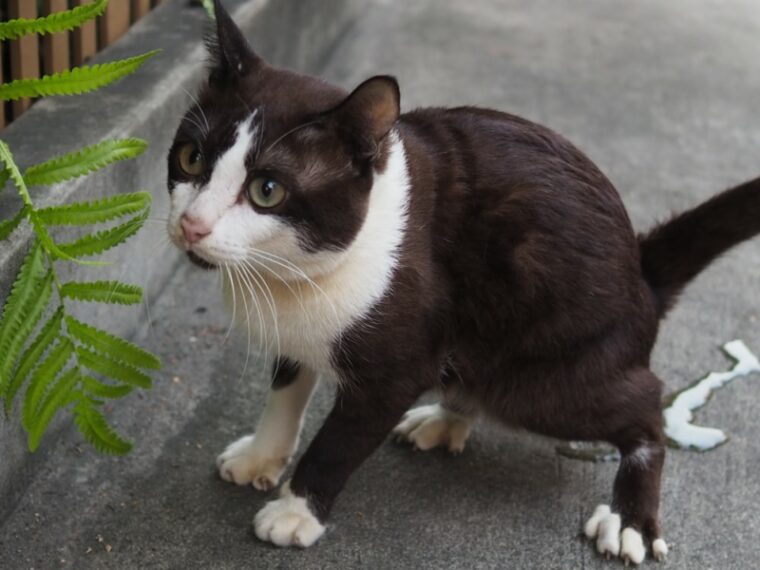
Have you ever gone to the litter box expecting to scoop it out, only to find that there’s nothing to scoop? Cats will surprise you sometimes with how long they can hold their bladders. While they shouldn’t hold their pee too long, they can go 24–48 hours without urinating if they want to.
If your cat has usually only peed once a day and is otherwise healthy, this isn’t a cause for concern. If they’re going longer than 48 hours without peeing, though, this could be a sign of a serious health problem. It’s bad for cats to go longer than 2 days without peeing.
The frequency of your cat’s urination depends on several factors, from their water intake to their age. Read on for the most common reasons that your cat is holding their pee and what you can do to help them.
 How Often Do Cats Pee?
How Often Do Cats Pee?
Healthy cats usually pee two to four times a day, but this varies from cat to cat. If your cat is healthy and has always peed once a day, then that’s what is normal for them. If your cat always peed four times a day and is now only peeing once or going over 24 hours without peeing, this change is worth talking about with your veterinarian.
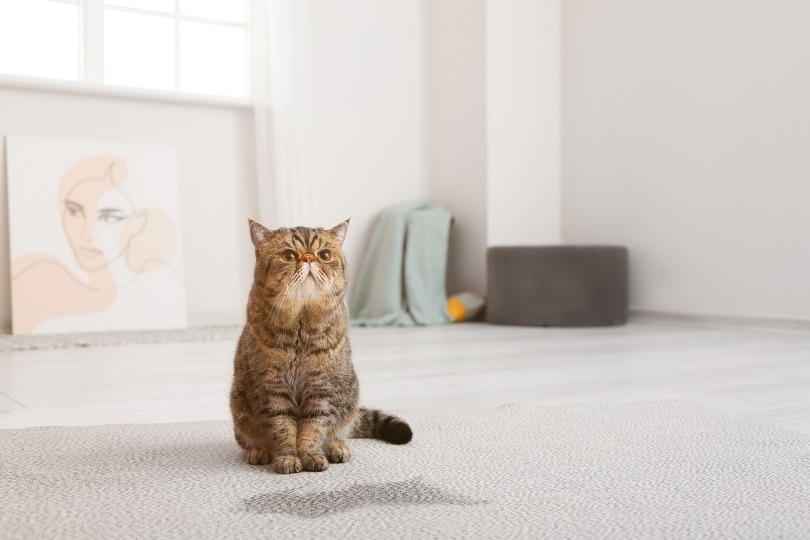
Is It Dangerous for Cats to Hold Their Pee?
A cat’s urinary system is made up of the kidneys, ureters, bladder, and urethra. This system is designed to remove waste, balance electrolytes, and maintain blood pressure in the body.
If cats don’t pee regularly, it can be dangerous for them. The kidneys can become inflamed, damaged, and dysfunctional. If the kidneys aren’t properly flushing toxins from the body, the toxins will build up instead. This can be fatal.
If a crystal creates a blockage in the urethra and the cat can not pee, the bladder continues to get larger and firmer, it can eventually rupture. Cats must pee after 48 hours. If this isn’t happening, contact your vet right away.
How Will I Know if My Cat Isn’t Peeing?
The easiest way to tell if your cat isn’t peeing is to check the litter box for pee spots in the litter. If you don’t see any, your cat may be peeing somewhere that they shouldn’t be. Check your house for signs of cat urine in weird spots. This is usually an indication that your cat is uncomfortable about something or has a urinary health issue.
If you can’t find cat pee anywhere, then you know that your cat isn’t peeing at all. Once you’ve determined that, it’s time to figure out why it’s not happening.
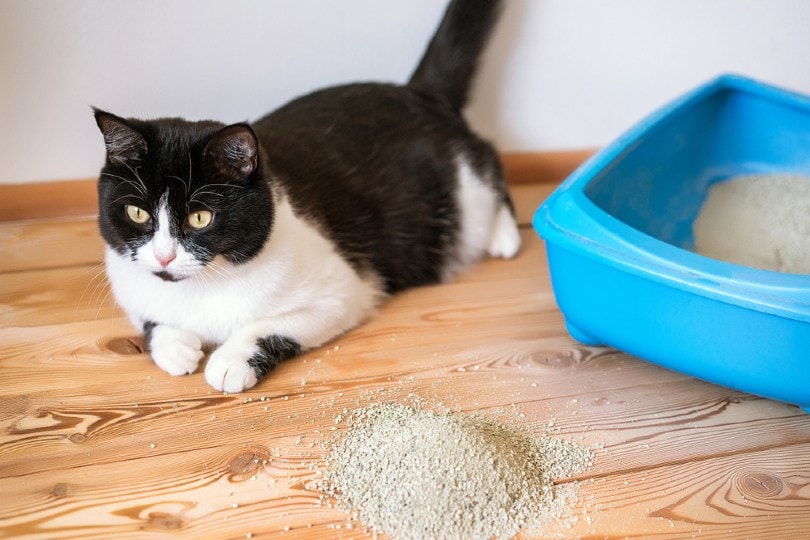
Why Isn’t My Cat Peeing?
There are many potential reasons that your cat isn’t peeing. Two can be fixed by you at home, but others will require veterinary care. No matter the reason, cats not emptying their bladder can lead to serious consequences and even death. Don’t wait longer than 48 hours, no matter the reason that your cat isn’t peeing, to contact your vet about the issue.
Minor Reasons That Cats Don’t Pee
The Litter Box Is Dirty
Cats are clean animals by nature and don’t like when their litter box is dirty. If they don’t feel comfortable peeing in it, they simply won’t. This could mean they’ll pee in other places, like on the floor outside of the box or in a different room. Sometimes, they’ll hold their bladders as long as possible to avoid having to dig around for a clean spot in a dirty box.
The simple solution to this is to scoop the litter box every day. It should also regularly be emptied, washed out, and filled with fresh litter. If you have multiple cats, you should have multiple boxes for them. The general rule is one litter box per cat plus one extra. This will ensure that they always have a clean place to go.
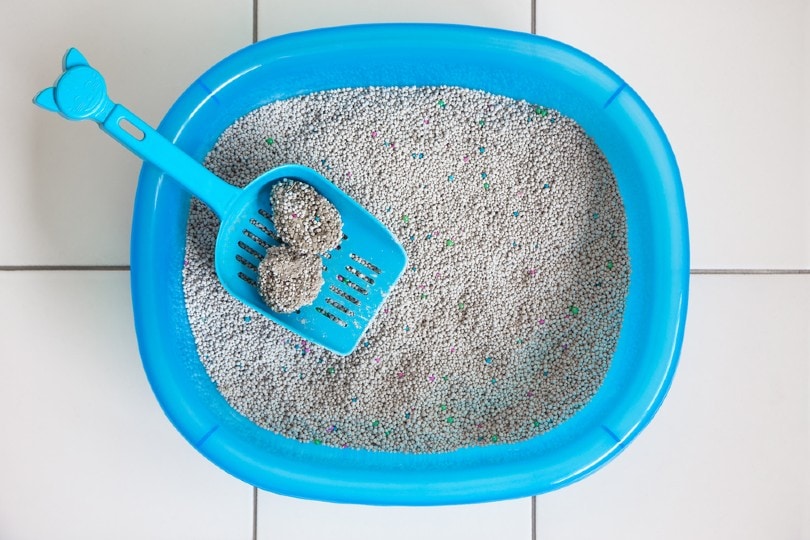
The Cat Is Stressed
Healthy cats can stop peeing—along with eating and behaving normally—if they feel stressed, anxious, angry, or scared. Adding a new family member or pet to the home, moving residences, or having their routine suddenly changed can make your cat upset.
If you notice that your cat is not peeing like they normally do, see if you can identify any stressors in their life that could be contributing to this. Try to make your cat as comfortable as possible, and give them time to adjust to the changes. You’ll need to contact your vet if their peeing habits don’t return to normal quickly.
Serious Reasons That Cats Don’t Pee
Cystitis & FLUTD
Cystitis refers to an inflammation of the bladder. This can be a symptom of feline idiopathic lower urinary tract disease (FLUTD). This condition has several causes, so it doesn’t refer to just one thing. Your vet will determine the cause and appropriate treatment.
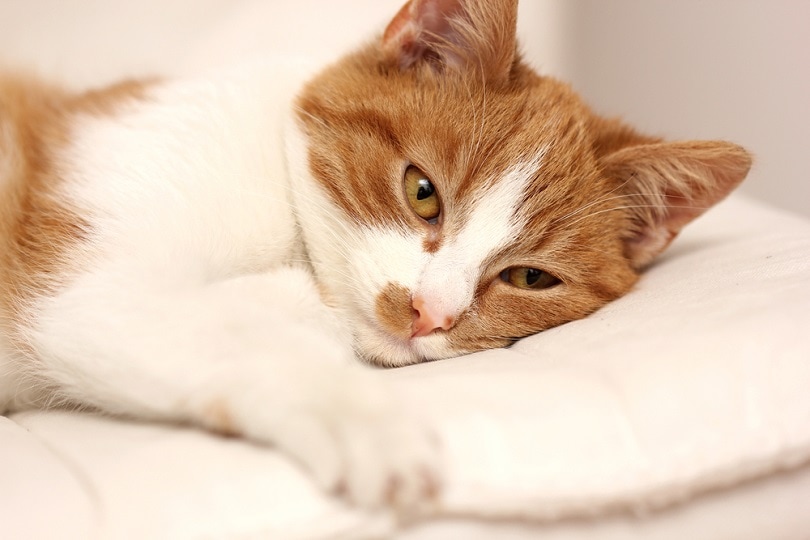
If your cat isn’t peeing and is exhibiting any of these symptoms, take them to the vet right away. Any of these signs and conditions can lead to a urethral blockage.
Urethral Blockage
A urethral blockage is a blockage of the lower urinary tract that prevents urine from being eliminated. This is a life-threatening condition. Potential causes include those of FLUTD. Another potential cause of a urethral blockage is a swollen or inflamed urinary tract. When the blockage is bad enough that it’s preventing your cat from peeing at all, the urine will instead back up in the urinary tract and can lead to kidney damage.
A buildup of toxins in the bloodstream can be fatal. Your cat can get very sick very fast, so it’s important to catch this early and get your cat the necessary treatment immediately.
If any of these signs are present, especially the last three, treatment is urgently necessary. Male cats tend to get urethral blockages more often than females because their urethras are narrower.
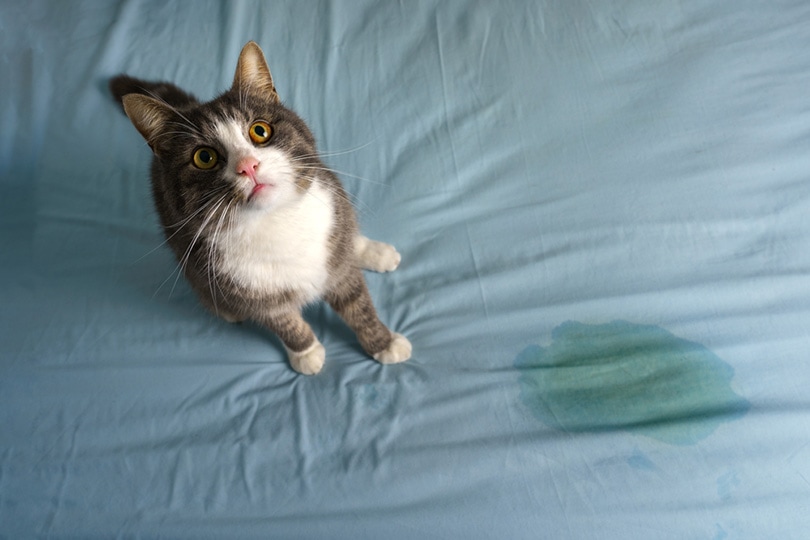
How to Help a Cat Feel Comfortable Peeing
If your healthy cat isn’t peeing in the litter box, there are a few things that you can do to try to make them more comfortable.
The litter box should always be kept clean. Cats like privacy, so place the box in an area of the house that isn’t too busy, though it shouldn’t be so far out of the way that it’s inconvenient for your cat to access.
The litter box that you choose should be large enough to accommodate your cat. If they don’t have enough room to stand up, dig, turn around completely, and squat without having to crouch, they won’t be comfortable using the box.
Always provide plenty of fresh water for your cat. Cats generally don’t drink as much water as they should, and a diet of only dry food will lead to further dehydration. Make sure your cat is taking in enough fluid every day so they can keep their urinary system healthy. You can add water to their food or switch to giving them canned food instead of dry.
 Final Thoughts
Final Thoughts
Cats can hold their bladders for a long time, but they should not go more than 48 hours without peeing. If this happens, it can lead to a serious health emergency. Contact your vet if you have any questions or notice any changes in your cat’s peeing habits.
Sometimes your cat isn’t peeing for less serious reasons, like stress or a dirty litter box. Make sure the litter box is clean and kept in a preferred area for your cat to use.
Featured Image Credit: nanniezwawa, Shutterstock


 How Often Do Cats Pee?
How Often Do Cats Pee?




